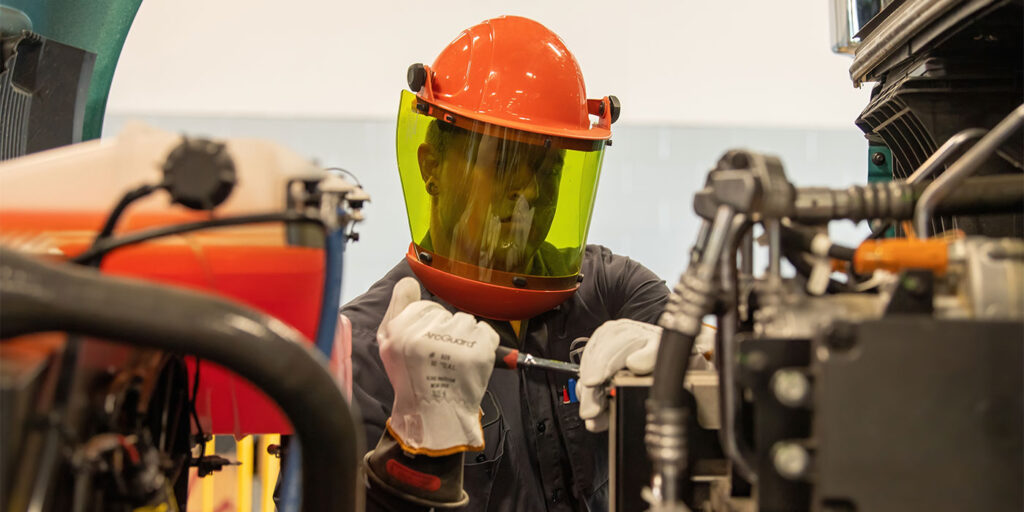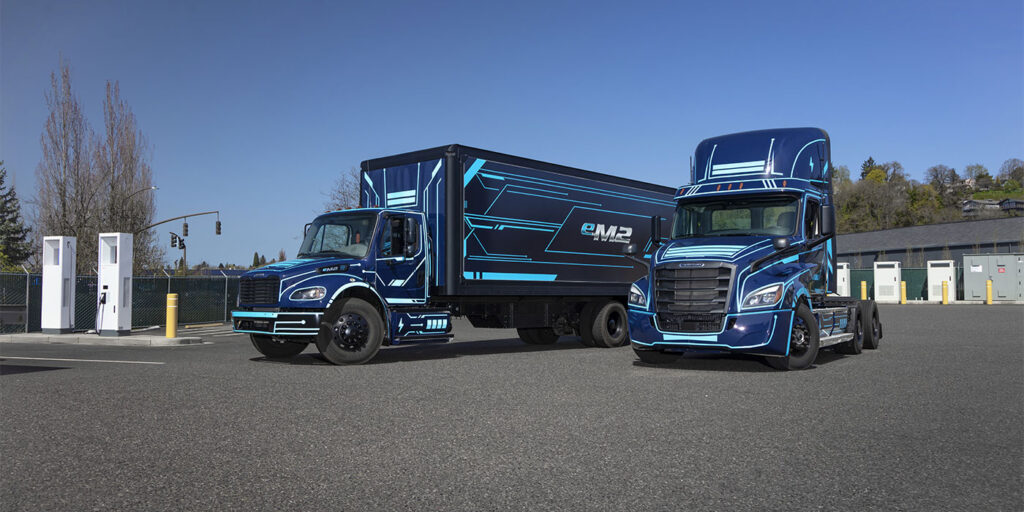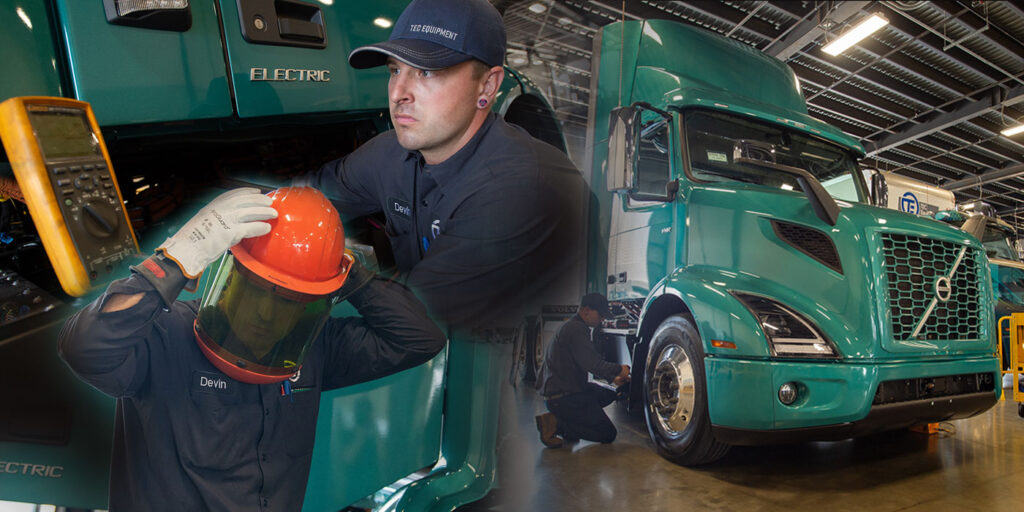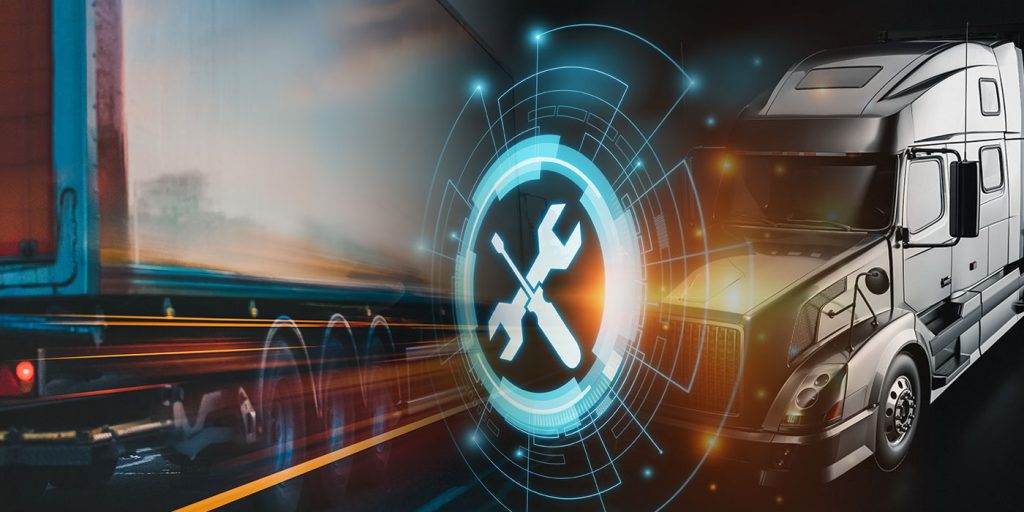Electric trucks, with fewer moving parts and fluids, as well as the elimination of exhaust aftertreatment systems, are widely expected to reduce equipment service needs. Likewise, routine maintenance for things likes brakes are anticipated to drop as well. Still, with electric commercial vehicles increasingly being operated across North America, fleets are on an EV learning curve that includes the need to address maintenance needs and challenges.
Ineffective or ill-prepared service operations will prohibit the ability to optimize EV operations and make the most of electric vehicles, noted Rick Mihelic, director emerging technologies at the North American Council for Freight Efficiency (NACFE). Equipping shops for EVs requires training technicians and specialized tools, and some of those needs can be manufacturer specific.
“Diagnostic technologies used on diesel powered trucks will likely work with EVs along with special software,” Mihelic said. “For those vehicles, however, the process will be one that uses trouble codes to figure out which component is the issue and then work through a trouble tree to determine a root cause. Technician training and access to support from manufacturers will be critical.
“When it comes to replacing EV components, shops will need insulated tools designed to ensure safety when working on high voltage systems,” Mihelic continued. “Along with proper training, there is a need for separate bays for EVs with established safety protocols, such as lock out-tag out procedures, and personal protective equipment.”
Mihelic also pointed out that over the air diagnostic information is going to be more critical for reducing downtime for service on EVs. That’s especially true for making sure service facilities have a heads up and have the parts that need to be replaced on hand.
During its Run on Less – Electric (RoL-E) EV technology demonstration, NACFE had an opportunity to discuss service plans with fleet participants. “Initially, EV operators are expecting OEMs and their partners, such as major leasing companies, to service the high voltage systems, “ Mihelic said. “That is likely to be the primary service model for the first few years of growing commercial EV deployment.”
At Volvo Trucks North America, noted Andy Brown, product marketing manager, efforts to ensure dealer service technicians are provided every opportunity to be knowledgeable, skilled and protected are well underway.

“EV-specific technician training will help safeguard personnel servicing EVs from any inherent hazards that may come with new, high-voltage components,” Brown said. “Volvo Trucks Certified EV dealers have dedicated service bays, specialized tooling, and appropriate parts in stock to provide on-time support for any Volvo VNR Electric customer.”
Kevin Otzenberger, product marketing senior analyst in the eMobility group at Daimler Truck North America (DTNA) said new EV technology must be supported by qualified technicians from day one. “While electric trucks have fewer moving parts and consequently reduced maintenance intervals, the electric powertrain and auxiliary componentry is all brand-new content for service centers,” he stated.
For that reason, any Freightliner dealership selling eCascadia or eM2 trucks will be providing training to certify specialized technicians to decommission the battery circuit so that other technicians can safely work around high voltage components. Additionally, non-specialized vehicle technicians will need to understand new processes for ePowertrain maintenance and repairs.

DTNA offers online and in-person high-voltage training programs for Freightliner dealership service technicians to become familiar with the key components of the vehicles and any safety considerations they need to take into account. Once series-production EVs are officially unveiled, there will be more technology-specific training available to prepare technicians to work on the trucks.
DTNA has also provided dealerships with an eMobility Service Location Guide, which includes a preparation checklist for the requirements of servicing EVs covering equipment, safety procedures, and personnel training.
Additionally, Otzenberger reported that Freightliner EVs will use the same diagnostic systems that are in place for diesel models, including onboard diagnostics that drivers can access, along with remote diagnostics services. Parts distribution centers are also ramping up inventory of ePowertrain components in anticipation of the start of EV production and the company is working to establish remanufacturing of failed components to support replacements needed in the field.
All of its EV measures help Volvo Trucks fulfill their commitment to safety and service, noted David Thomasma, dealer development manager at Volvo Group. “Fleets operating EVs can have a high level of confidence that technicians and support staff are properly trained,” he said. “We’re learning the importance of looking at the entire electromobility ecosystem, so partnerships are critical and proactively starting the conversation early has been a big win.”














